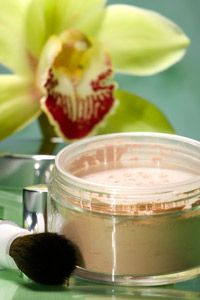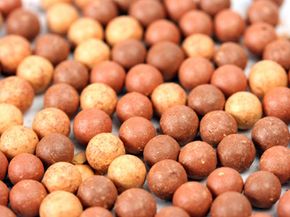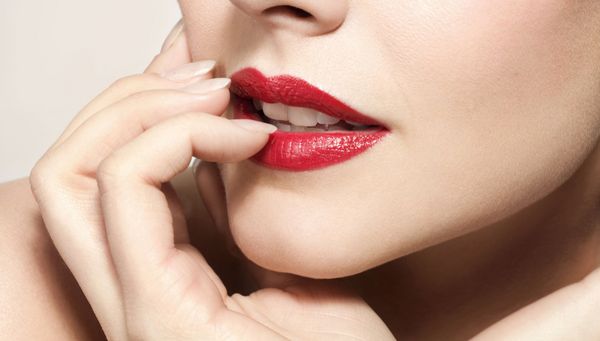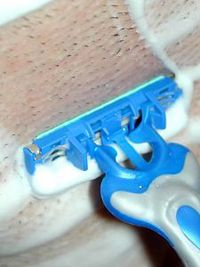When it comes to the pursuit of beauty, people are willing to go to pretty extreme lengths. Thousands of dollars in surgery, botulism, or "Botox," injections and face creams made of caviar and crushed pearls have become par for the course.
So when the cosmetics industry announced a new type of makeup that costs between $10 and $50 a jar that's supposed to create the appearance of a perfect complexion while making skin healthier in the long run, women got excited. No matter that it has actually been around since the '70s: Mineral makeup is the early-21st century beauty cure-all.
Advertisement
That is, at least according to the multibillion dollar cosmetics industry, which spends about 25 percent of its revenue on marketing and about 2 percent on research and development [source: Rastogi]. With that balance, it's hard to know what's true.
In this article, we'll find out what mineral makeup is and what it isn't, and we'll explore the pros and cons of the latest cosmetics revolution.
First: What's the big idea behind "mineral makeup?"
Ideally, mineral makeup is exactly what it sounds like: cosmetics made mostly of naturally occurring minerals mined from the earth. Minerals like zinc oxide, iron oxide, titanium dioxide, mica and ultramarine are ground up into fine particles and used to make powders and foundations. These minerals provide not only pigment, but also sun protection and anti-inflammatory effects.
The other big selling point for mineral makeup is purity. The products are supposed to be natural so they're nonirritating and healthier than conventional cosmetics. If you buy mineral makeup, you expect it to be free of controversial ingredients like parabens and phthalates (see How Natural Cosmetics Work), as well as synthetic dyes and fragrances that can harm sensitive skin. That's where things get a bit hairy.
When it comes to mineral makeup, how pure is "pure?"
Advertisement



